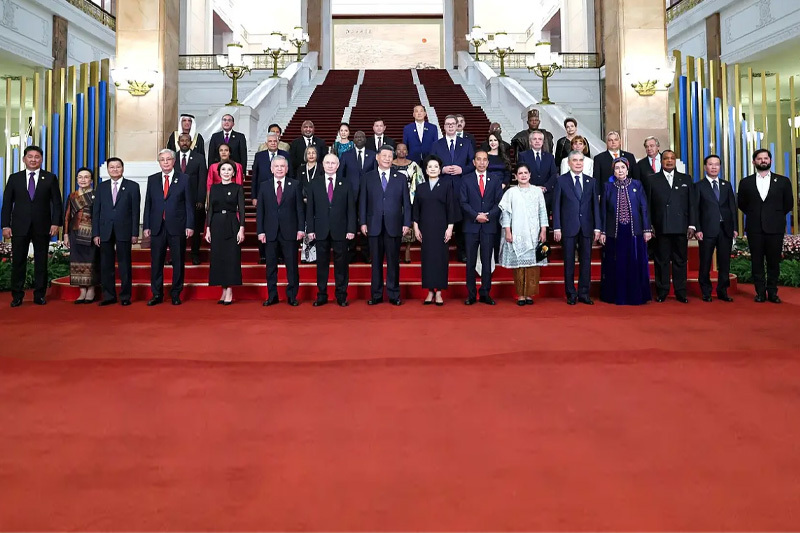
Your Comprehensive Guide To China’s Ambitious Belt And Road Initiative
The year 2023 marks a decade since China’s infrastructure funding project, the Belt and Road Initiative, was first outlined by President Xi Jinping.
Spanning from Africa to Asia and seeing investments worth billions of dollars, here are some key aspects of the project and where it stands now.
A General Insight Into BRI’s Evolution
Xi announced the Silk Road Economic ‘Belt’ during a trip to Kazakhstan in 2013. The plan was to revitalise a series of infrastructure and trading routes between Asia and Europe.
Subsequently, he unveiled a sea trade infrastructure called ‘Road’. This maritime plan would connect China with Southeast Asia, Europe and Africa.
For some time, these initiatives were collectively referred to as the One Belt One Road Initiative (OBOR). Since 2015, it has been mostly called the BRI.
Notable Investment In BRI Projects
Between 2013 and 2018, the World Bank estimated investment in Belt and Road Initiative projects including those concerning energy was about $575 billion.
Earlier, the Organisation for Economic Cooperation and Development (OECD) also estimated the projects were likely to add $1 trillion in funding between 2017 and 2027.
More than 150 countries and 30 international organisations are believed to have embraced the BRI, with 3,000 projects valued at $1 trillion currently underway across the globe.
Key Economic Corridors (EC) Proposed
Originally, the BRI proposed: New Eurasia Land Bridge, China-Central Asia-West Asia-EC, China-Mongolia-Russia-EC, China-Pakistan-EC, China-Indochina Peninsula-EC and Bangladesh-China-India-Myanmar-EC.
Beijing has hosted three BRI Forums in 2017, 2019 and 2023, attracting significant participation from world leaders and facilitating signing of numerous agreements.
At the second BRI forum in 2019, a list of 35 major corridors/projects was released. Nonetheless, the initiative has become embroiled in controversy. Today, what is its status?
Keep Reading
What’s The Debt Trap Diplomacy?
While some nations have praised the project, some have accused China of engaging in ‘Debt Trap Diplomacy’ – aiming to own countries’ assets if they are unable to repay the loans.
But there continues to be a huge infrastructure deficit in the Global South. So despite the criticism, BRI is still an attractive proposition to many in Asia, Africa and Latin America.
The initiative has already cultivated substantial diplomatic and geopolitical leverage for China within a number of developing countries, despite the raging criticism.




